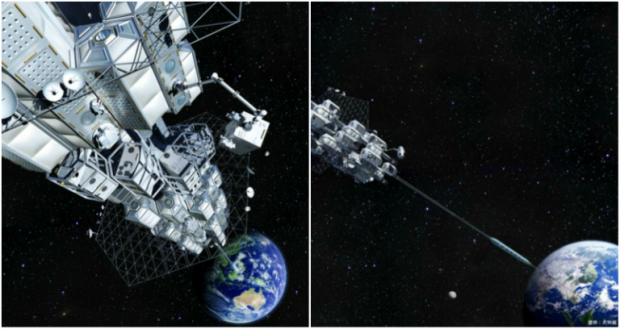
Breaking News
 Food Banks All Over The U.S. Are Being Overwhelmed By A Tsunami Of Hungry People
Food Banks All Over The U.S. Are Being Overwhelmed By A Tsunami Of Hungry People
 Kids' Online Safety Laws Could Dig a Graveyard for Speech and Privacy
Kids' Online Safety Laws Could Dig a Graveyard for Speech and Privacy
 The Only REAL Solution to Digital ID - #SolutionsWatch
The Only REAL Solution to Digital ID - #SolutionsWatch
Top Tech News
 Japan just injected artificial blood into a human. No blood type needed. No refrigeration.
Japan just injected artificial blood into a human. No blood type needed. No refrigeration.
 The 6 Best LLM Tools To Run Models Locally
The 6 Best LLM Tools To Run Models Locally
 Testing My First Sodium-Ion Solar Battery
Testing My First Sodium-Ion Solar Battery
 A man once paralyzed from the waist down now stands on his own, not with machines or wires,...
A man once paralyzed from the waist down now stands on his own, not with machines or wires,...
 Review: Thumb-sized thermal camera turns your phone into a smart tool
Review: Thumb-sized thermal camera turns your phone into a smart tool
 Army To Bring Nuclear Microreactors To Its Bases By 2028
Army To Bring Nuclear Microreactors To Its Bases By 2028
 Nissan Says It's On Track For Solid-State Batteries That Double EV Range By 2028
Nissan Says It's On Track For Solid-State Batteries That Double EV Range By 2028
 Carbon based computers that run on iron
Carbon based computers that run on iron
 Russia flies strategic cruise missile propelled by a nuclear engine
Russia flies strategic cruise missile propelled by a nuclear engine
 100% Free AC & Heat from SOLAR! Airspool Mini Split AC from Santan Solar | Unboxing & Install
100% Free AC & Heat from SOLAR! Airspool Mini Split AC from Santan Solar | Unboxing & Install
Japan has launched a miniature space elevator

A pair of tiny satellites that will help test technology for a space elevator is on its way to the International Space Station.
At 1:52 p.m. EDT on September 22, the Japan Aerospace Exploration Agency launched a rocket carrying the STARS-Me experiment from the island of Tanegashima.
STARS-Me (or Space Tethered Autonomous Robotic Satellite – Mini elevator), built by engineers at Shizuoka University in Japan, is comprised of two 10-centimeter cubic satellites connected by a 10-meter-long tether. A small robot representing an elevator car, about 3 centimeters across and 6 centimeters tall, will move up and down the cable using a motor as the experiment floats in space.
Previous experiments, including three other STARS setups, have flown satellites tethered with a cable, but STARS-Me is the first to test movement along the cable in space.

 "Refusal to Disclose"
"Refusal to Disclose"

